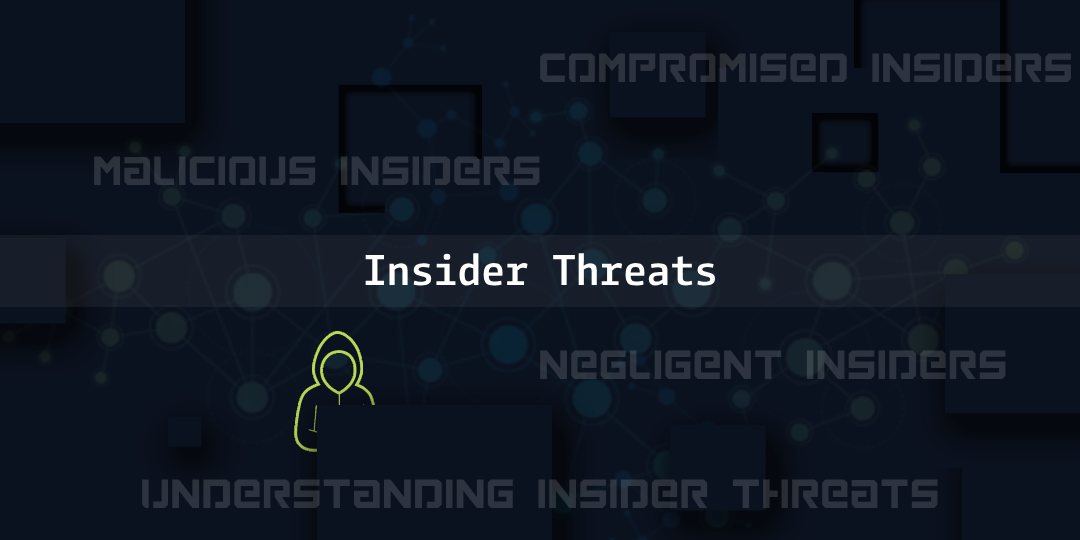When most people think about cybersecurity threats, they picture external hackers, phishing emails, or ransomware attacks. But some of the most damaging security incidents don’t come from the outside, they come from within. Understanding Insider Threats An insider threat is any risk posed by individuals who have access to a company’s systems or data. This could be a current or former employee, a contractor, or a business partner. Whether intentional or accidental, insider threats can have serious consequences. There are three main types of insider threats: Malicious insiders: Individuals who deliberately steal data, cause disruption, or sabotage systems. Negligent insiders: Staff who accidentally expose sensitive information or fail to follow security protocols. Compromised insiders: Employees whose accounts have been taken over by attackers through phishing, malware, or other means. Why Insider Threats Are So Dangerous Insiders already have legitimate access to systems, which means traditional perimeter-based security controls may not detect suspicious activity. This makes it harder to spot and stop threats before damage is done. Insider incidents can lead to:Data breaches involving customer or employee informationFinancial loss through fraud or theftReputational damage and loss of client trustRegulatory fines and compliance failures In some cases, insider threats have led to intellectual property theft, disruption of services, or long-term business damage. What Makes Companies Vulnerable Smaller companies often assume they are too small to be targeted, but insiders don't always act with external influence. Lack of clear policies, minimal security awareness training, and inadequate monitoring tools create a perfect environment for internal risks. Common weaknesses include:Shared logins and lack of role-based access controlUnmonitored data downloads or transfersInfrequent password changes or weak authenticationPoor offboarding processes when staff leaveHow to Reduce the Risk Preventing insider threats doesn’t start with technology, it starts with awareness.Here are key steps your organisation can take:Educate your team: Regular, role-appropriate training helps employees understand what insider threats look like and how to avoid risky behaviours.Implement access controls: Ensure users only have access to the systems and data they need to do their jobs.Monitor activity: Use monitoring tools to flag unusual behaviour or data movement.Encourage a culture of trust and reporting: Create an environment where staff feel safe reporting suspicious activity or potential risks.Review offboarding protocols: Remove access immediately when someone leaves the company or changes roles. Where wlkthru.io Fits In At wlkthru.io, we provide targeted training that helps businesses prepare for both external and internal threats. Our modules help staff recognise risky behaviour, understand their responsibilities, and respond appropriately when they spot warning signs. We also offer penetration testing and advisory services for companies looking to go further, assessing how your systems and people would handle a real-life breach scenario, including insider risk. Final Thought Insider threats are a growing issue for businesses of all sizes. They require a proactive approach that blends education, policy, and monitoring. By investing in awareness and building a strong internal security culture, you can protect your business from one of the most overlooked but critical cybersecurity risks.
